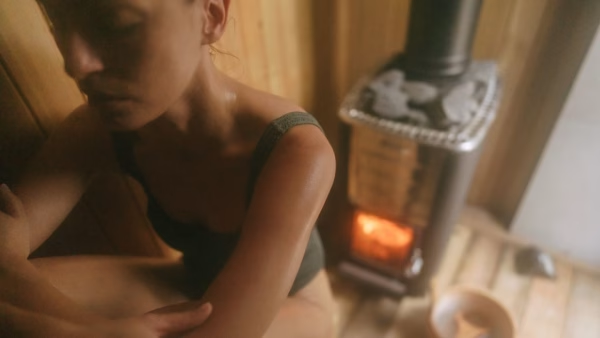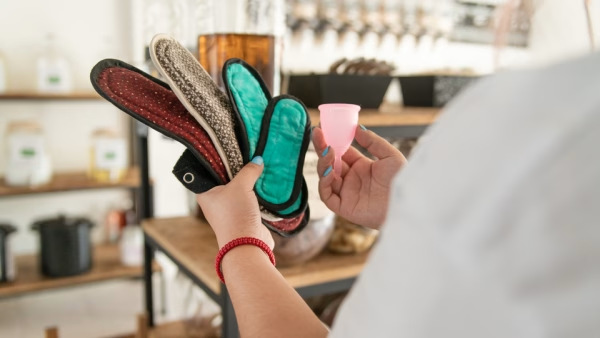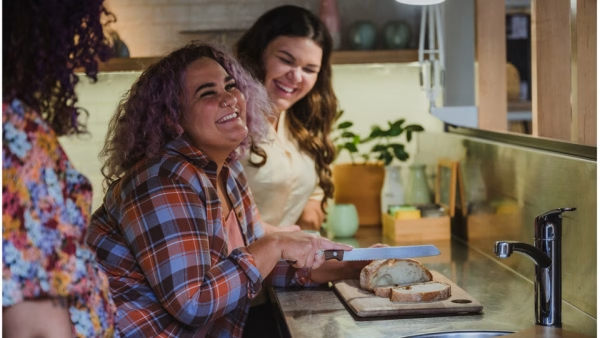7 common sunscreen mistakes
Read this and keep your skin in tip top condition


Someone wise once said, ‘There’s nothing in life that’s certain except death, taxes and charred skin in the midst of an Aussie summer.’
Most of us have experienced first-hand the painful burn that comes from the Australian sun and despite multiple warnings (the ‘There’s nothing healthy about a tan’ ad still scares us), it seems we’re still confused when it comes to sun protection. In fact, the Cancer Council found that nine out of 10 of us don’t know when to use sunscreen.
At nib, we’re all about prevention, so before you reach for the aloe vera and ice pack this summer, read this and keep your skin in tip top condition.
1. Not applying enough
If you thought that a single squirt of sunscreen would be enough to cover your body, you’d be wrong. The Sun Smart website explains that the average-sized adult needs a teaspoon of sunscreen for their head, each limb, for the front and the back of your body – that’s about 35ml of sunscreen for one application (which is more than a shot glass of sunscreen)!
2. Only using it when it’s sunny
It’s raining cats and dogs outside and you’re heading into the office for another nine to five; you don’t need sunscreen, right?
Wrong.
The Sun Smart website recommends wearing sunscreen every day that the UV index is higher than three, regardless of whether it’s raining, hailing or shining. The Cancer Council launched the free Sun Smart app which gives you live updates on UV levels, a sunscreen calculator and reminders to reapply.
And, it’s not just your skin that’s affected by UV rays; did you know that your eyes are also at risk of burning? Check out our article: What is UV damage and how does it affect your eyes?
3. You’re using an old bottle
Just like milk and medication, sunscreen has an expiry date and if you’re using an expired bottle, you could be wasting your time. Not only can sunscreen become less effective over time, but once a bottle is open, it’s more likely to become contaminated with germs.

4. You’re storing it incorrectly
You read that right; sunscreen should be stored at temperatures below 30°C and out of direct sunlight, which is no mean feat when you’re spending the day at the beach. Wrap your sunscreen in a towel, bury it in the sand (and cover with a towel) or store it in a freezer bag to help keep it cool on a hot day. And while keeping a bottle in the car may seem like a good idea, frequent exposure to high temps could make your sunscreen lose effectiveness completely.
5. You don’t reapply
Sunscreen should be reapplied every two hours if you’re spending time in the great outdoors. Plus, if you’re swimming or sweating (who doesn’t in the heat of an Aussie summer?) you should apply more regularly. If you’ve got a bub under six months, the Cancer Council doesn’t recommend using sunscreen; instead make sure your baby is sun safe by dressing them in protective clothing (including a hat) and keeping them in the shade.
6. You wait until you’re already outside
Your sunscreen takes at least 20 minutes to fully absorb into your skin, which means if you’re applying it when you’re already outside, you’re putting your skin at risk of burn. An extra little fact – you should be applying sunscreen before you don your swimming trunks, as they probably don’t contain adequate SPF to completely protect you.
7. You rely on sunscreen (and only sunscreen)
Unfortunately your sunscreen can’t block out 100% of the sun’s UV rays, so you shouldn’t rely on just sunscreen to protect you throughout the day. Grab yourself some sunnies, throw on a hat and wear a long-sleeved shirt; they don’t say slip, slop, slap, wrap for no reason.
Has it been a while since your last skin check?
While small amounts of ultraviolet light (UV) are necessary for healthy bones and muscles, too much exposure can damage your skin’s cells and ultimately lead to skin cancer.
There’s no question that skin cancer can be serious, but there are many steps you can take to both reduce your risk of developing skin cancer and increase your chances of early detection. Take the nib skin self-assessment and really get to know your own skin with regular DIY skin checks, so you are aware of any changes or abnormalities. If you fall into the high-risk category, speak to your doctor or healthcare professional about regular professional checks.
Alternatively, if you've got a spot, mole or freckle you want to check out, but haven't booked an appointment yet, it might be time to download nib SkinVision. With nib SkinVision, you can check your skin for signs of skin cancer anytime, anywhere – it’s as easy as downloading the app and taking a photo. You’ll receive personalised advice in minutes after uploading the photo.
Keen to visit a doctor? It's a good idea to make an appointment at least once a year for a professional skin check.
The science and benefits of sauna use
Do saunas have any actual health benefits or are they just a sweat-inducing hoax?
The best period products for your period
Every cycle is different, and the best period products for you may differ for someone else.
Your menstrual cycle – what’s healthy and what’s not?
No two menstrual cycles are the same, however, there are some general principles to keep in mind




